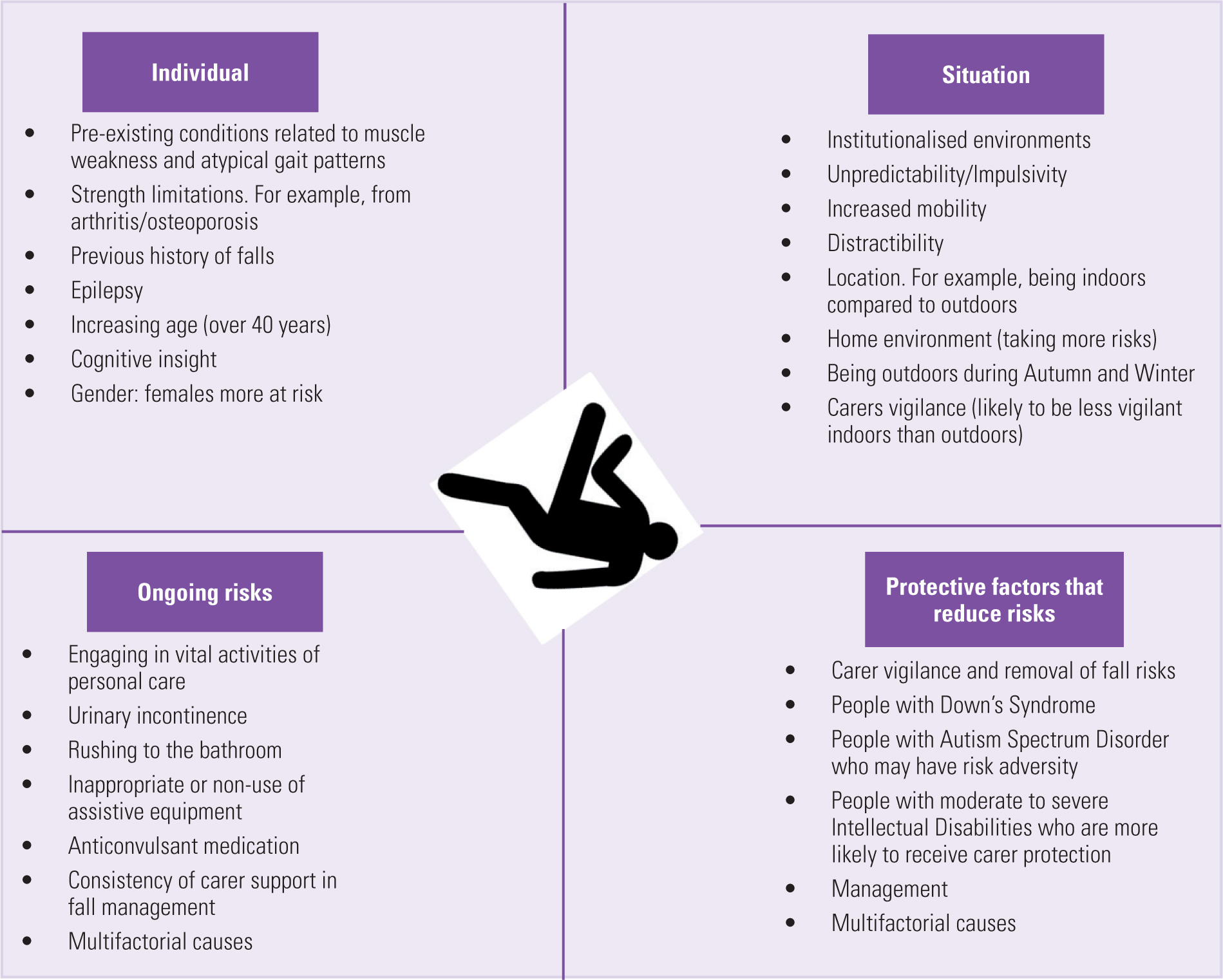Dementia Fall Risk Fundamentals Explained
10 Easy Facts About Dementia Fall Risk Described
Table of ContentsThe Ultimate Guide To Dementia Fall RiskThe Buzz on Dementia Fall RiskLittle Known Questions About Dementia Fall Risk.Dementia Fall Risk Can Be Fun For Anyone
A loss threat evaluation checks to see exactly how likely it is that you will drop. It is mostly done for older grownups. The analysis typically includes: This consists of a series of inquiries regarding your overall health and wellness and if you've had previous falls or issues with equilibrium, standing, and/or strolling. These tools check your strength, equilibrium, and gait (the method you stroll).Interventions are recommendations that might lower your danger of dropping. STEADI includes three actions: you for your threat of dropping for your danger elements that can be improved to attempt to protect against drops (for instance, balance problems, damaged vision) to minimize your risk of falling by making use of reliable methods (for instance, offering education and sources), you may be asked several concerns including: Have you fallen in the previous year? Are you worried about dropping?
You'll sit down again. Your provider will certainly inspect how much time it takes you to do this. If it takes you 12 seconds or even more, it may mean you go to higher danger for a fall. This examination checks stamina and equilibrium. You'll rest in a chair with your arms crossed over your upper body.
The settings will certainly get more challenging as you go. Stand with your feet side-by-side. Relocate one foot halfway forward, so the instep is touching the large toe of your various other foot. Move one foot totally in front of the various other, so the toes are touching the heel of your other foot.
Rumored Buzz on Dementia Fall Risk
Most falls occur as a result of several contributing aspects; consequently, managing the threat of dropping starts with recognizing the factors that add to fall risk - Dementia Fall Risk. Some of the most relevant threat variables consist of: Background of previous fallsChronic medical conditionsAcute illnessImpaired gait and balance, lower extremity weaknessCognitive impairmentChanges in visionCertain high-risk medicines and polypharmacyEnvironmental aspects can likewise boost the danger for falls, including: Inadequate lightingUneven or harmed flooringWet or unsafe floorsMissing or harmed handrails and grab barsDamaged or poorly equipped tools, such as beds, mobility devices, or walkersImproper use assistive devicesInadequate guidance of individuals residing in the NF, including those that show hostile behaviorsA successful loss threat monitoring program needs a complete scientific evaluation, with input from all members of the interdisciplinary group

The care strategy must also include treatments that are system-based, such as those that promote a safe setting (proper lighting, hand rails, get hold of bars, etc). The effectiveness of the treatments must be assessed occasionally, and the treatment strategy modified as necessary to mirror modifications in the fall threat evaluation. Applying an autumn risk administration system using evidence-based ideal method can reduce the occurrence of drops in the NF, while limiting the potential for fall-related injuries.
Dementia Fall Risk Fundamentals Explained
The AGS/BGS guideline suggests evaluating all adults aged 65 years and older for autumn threat yearly. This testing is composed of asking patients whether they have dropped 2 or more times in the previous year or looked for clinical attention for an autumn, or, if they have not fallen, whether they feel unstable when strolling.
Individuals who have dropped when without injury needs to have their balance and gait examined; those with stride or equilibrium problems should get extra evaluation. A background of 1 autumn without injury and without stride or equilibrium troubles does not necessitate more assessment past ongoing annual fall risk screening. Dementia Fall Risk. A fall danger evaluation is needed as part of the Welcome to Medicare assessment

7 Easy Facts About Dementia Fall Risk Described
Recording a falls history is just one of the high quality indicators for fall avoidance and administration. A vital part of danger evaluation is a medicine evaluation. Several courses of drugs enhance loss risk (Table 2). copyright medications particularly are independent predictors of drops. These medicines tend to be sedating, modify the sensorium, and impair equilibrium and gait.
Postural hypotension can commonly be minimized by reducing the dosage of blood pressurelowering drugs and/or stopping drugs that have orthostatic hypotension as a negative effects. Use above-the-knee go to this web-site support pipe and resting with the head of the bed elevated might additionally decrease postural decreases in blood stress. The suggested components of a fall-focused physical exam are displayed in Box 1.

A Yank time better than or equivalent to 12 secs recommends high loss threat. Being not able to stand up from a chair of knee elevation without utilizing one's arms indicates enhanced fall risk.